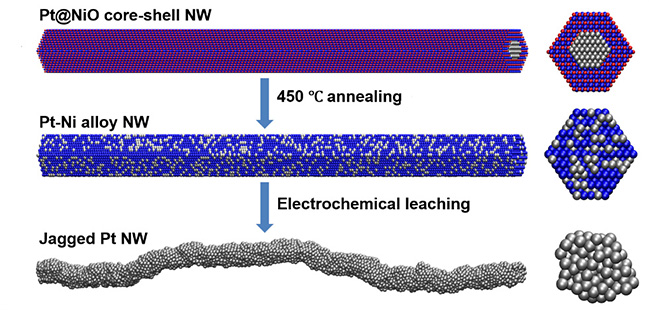
Jagged Platinum Nanowires Double the Record for Reaction Critical to Fuel Cell Performance
Rough surfaces provide additional sites for energy-generating reactions in fuel cells.

Rough surfaces provide additional sites for energy-generating reactions in fuel cells.
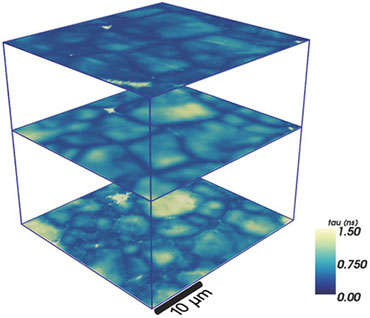
Method could help scientists learn new ways to boost photovoltaic efficiency.
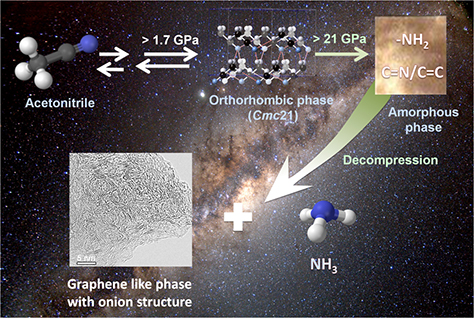
Neutron-scattering studies reveal surprising formation of ammonia after acetonitrile is turned into graphitic polymer, opening doors for catalyst-free industrial reactions at room temperature.
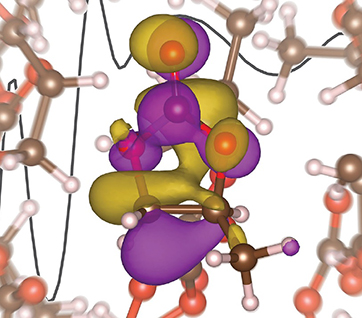
Scientists seek to improve the battery by investigating the detailed interactions lithium ions experience with liquid battery electrolytes.
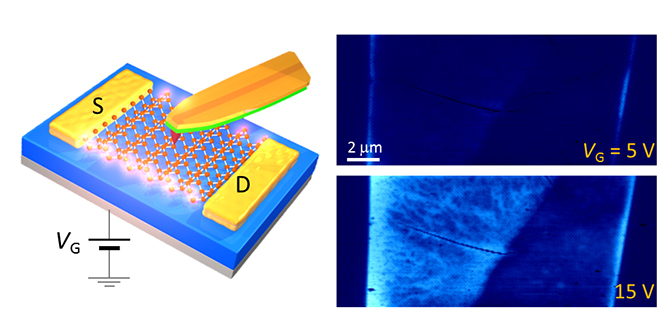
Scientists reveal conductive edges and thread-like flaws using a specialized imaging technique of interest for next-generation electronics.
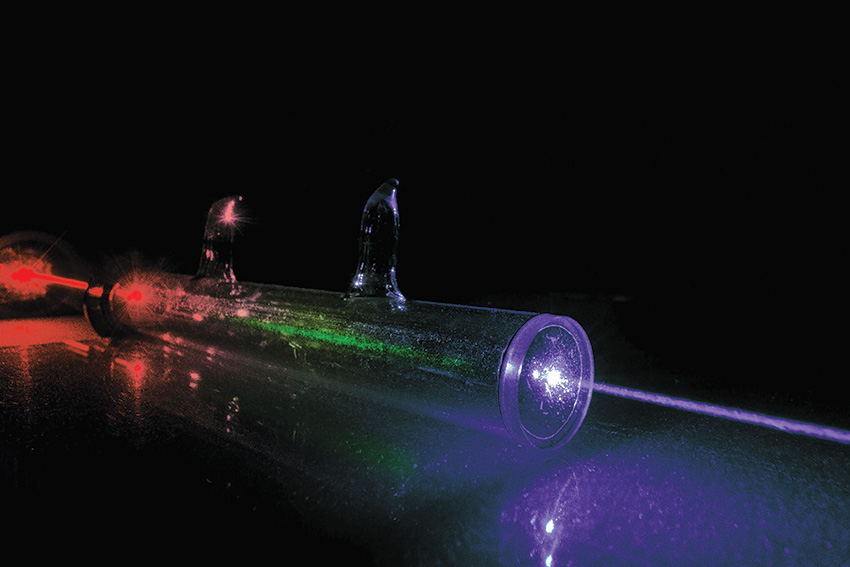
New tabletop laser achieves sought-after energies needed for advanced characterization with unprecedented precision and range.
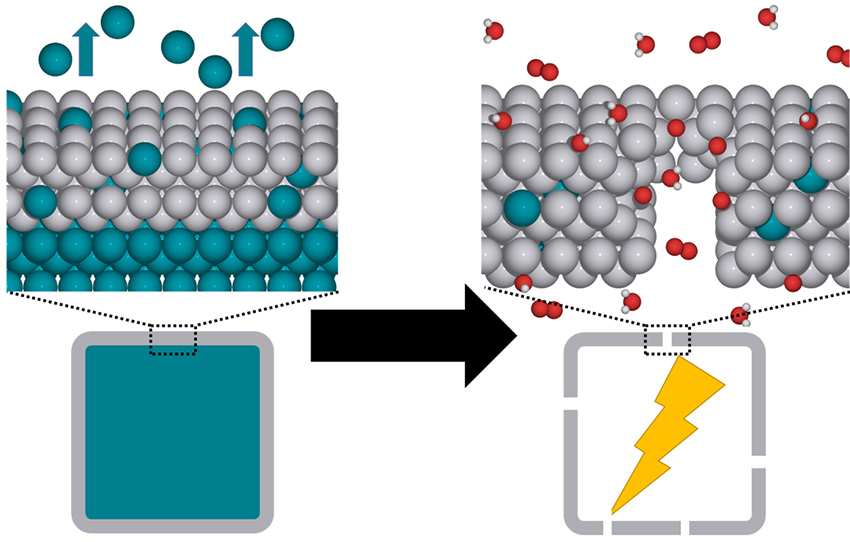
Hollow shape-selected platinum nanocages represent a new class of highly active catalysts.
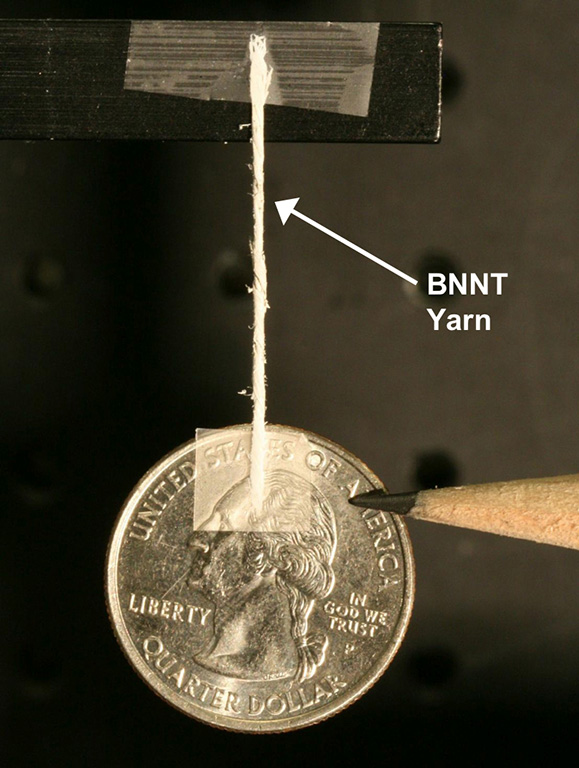
Using tools that enable nuclear physics research into the heart of matter, scientists created a material for applications from aerospace to solar panels.
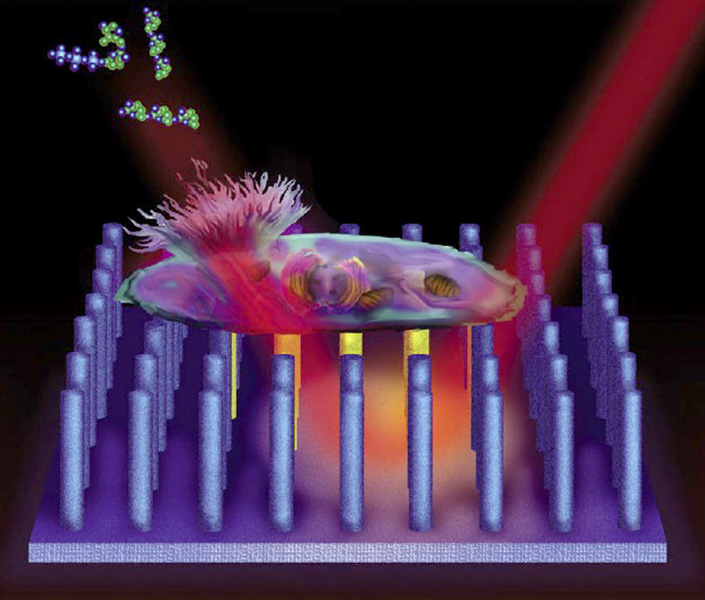
Commercialized nanopost array platform reveals metabolic changes in individual cells due to environmental stress.
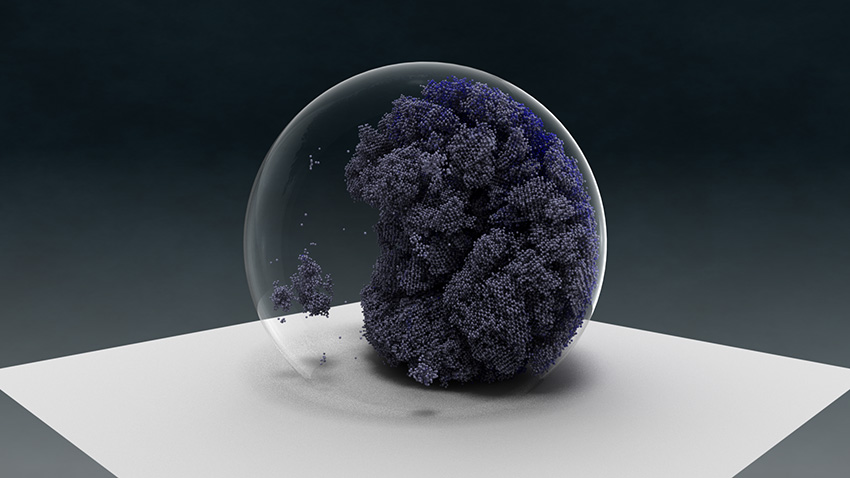
Advances in simulating water molecules in droplets reveal surfaces that may be resistant to ice formation.

New nanoscale thermal imaging technique shows heat building up inside microprocessors, providing new information to help solve heat-related performance issues.
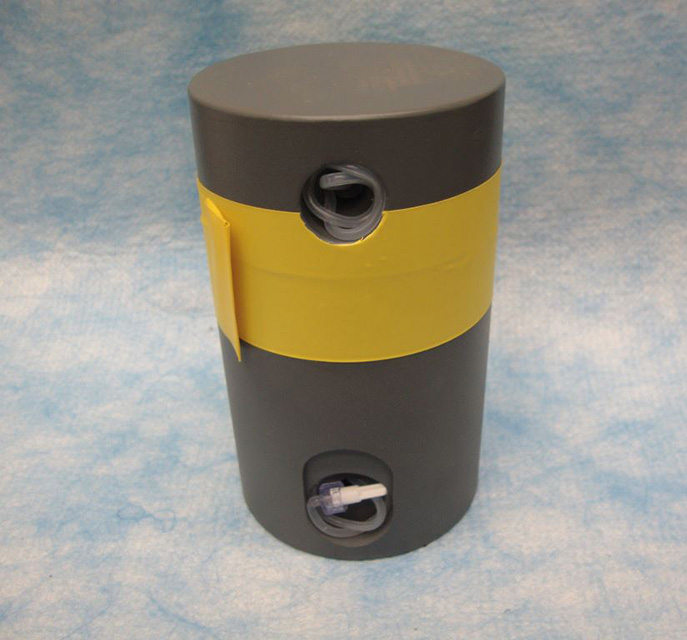
Lead and bismuth systems are being produced to fill the nation’s need for short-lived, alpha-emitting isotopes.